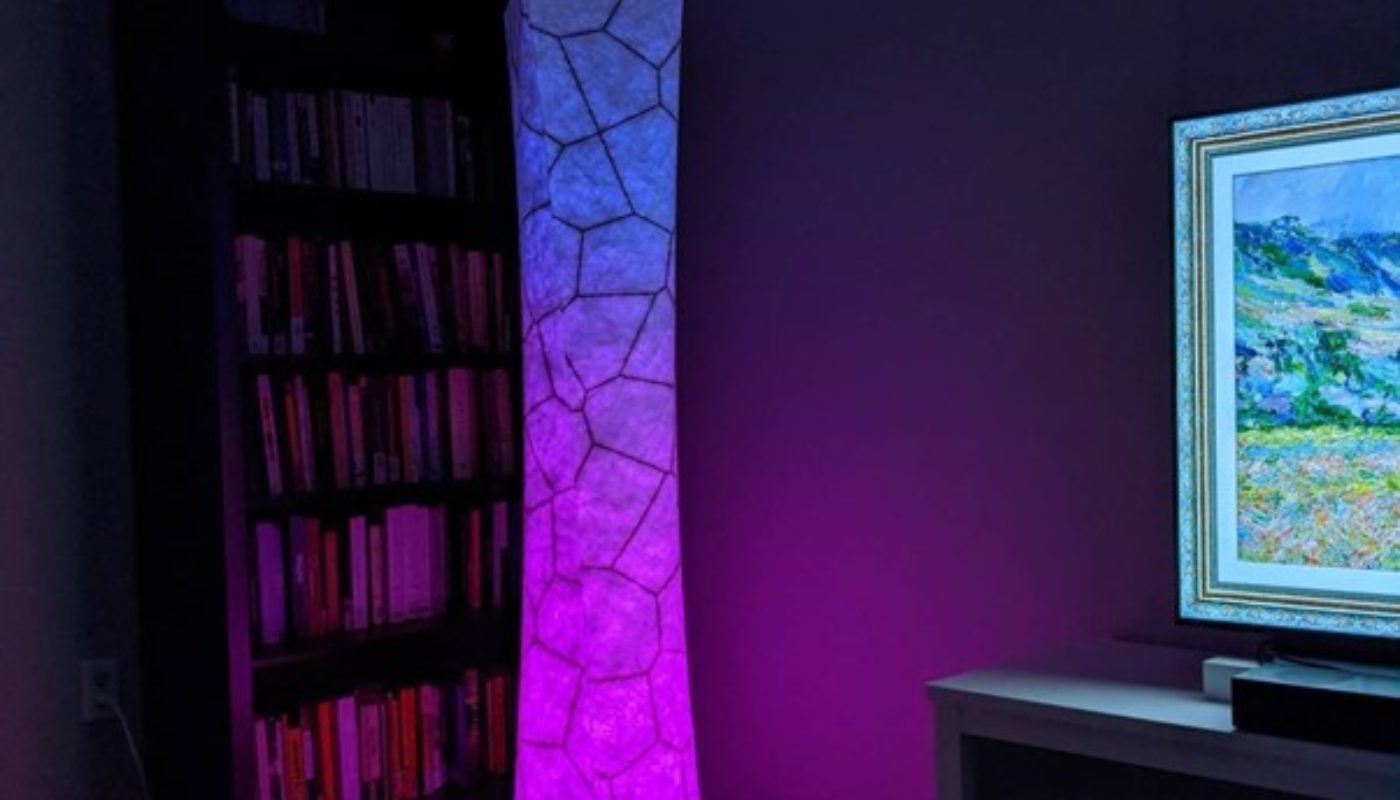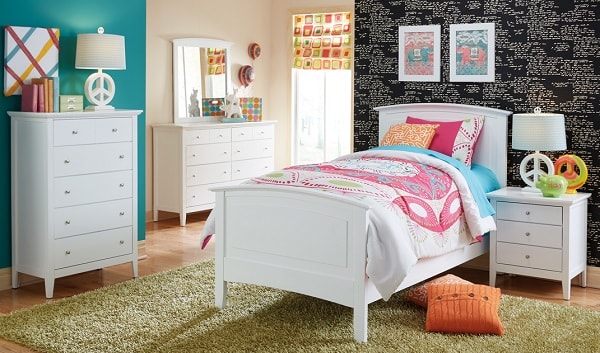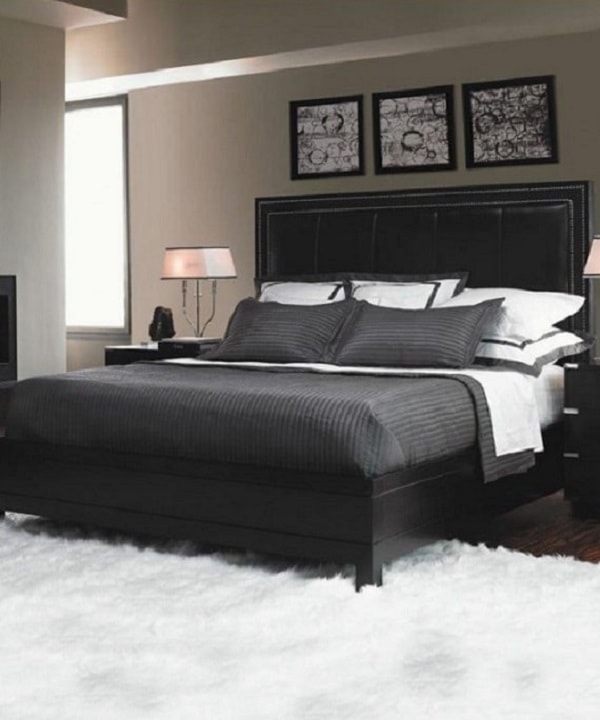
Room mood lighting refers to dim or low-level lighting, which usually serves no practical purpose other than setting the right atmosphere. It is most commonly used in bedrooms, living rooms, and restaurants.
What is the best color for room mood lighting?
Which colors are best suited for room mood lighting? Color plays an important part in our lives as it influences everything from personal relationships to business deals. Red, purple, orange are all generally great for this kind of light, although you may wish to blend more than one color depending on your preference. Matte finishes tend not to reflect light as much as glossier ones, so they’re better suited for mood lights where less light is preferred.
A good way to introduce some color into your life is by purchasing an LED strip kit with a remote control or set of remote controls. These are easily installed, and your choice of color can be changed with a touch of a button. LED strips are available in both white and colored, so you have the best range of options when it comes to mood lights.
Another good idea is to put up some wallpaper that contains elements that will shine reliably well in low light conditions. For example, if the wallpaper has sequins or beads on it, then this will produce very nice effects when there’s just enough light for them to catch your eye. Wallpaper is an excellent way to add subtle patterns to any room, especially where muted tones are desirable.
If you prefer more personal control over your lighting situation, then make sure you get yourself an ambient lamp, dimmer switch, or a light timer. These can all be used to great effect in a room where you want to set the right mood. Brightness and color are good things to play with, so feel free to experiment as much as you like.
Room mood lighting is mainly used for relaxation purposes, but it can also create the feeling of being immersed in a completely different world, especially if done correctly. Experimenting with color will produce the best results, so don’t worry about getting it wrong from time to time.
Why do we need room mood lighting?
Lighting has many functions in home decor, but one of its biggest functions is to set the mood. Mood lighting can be perfect for adding a dramatic flair to any room or creating intimate spaces through low lights, which are key for bedrooms and bathrooms where you want to relax. It all comes down to making your room feel personal and cozy.
Room mood lighting could be an extremely important part of different interior styles because it creates an atmosphere that could match a certain style perfectly. Just imagine yourself in a modern office space with a bright light bulb shining right into your eyes. If I asked you if this place would feel comfortable to work in, you would probably answer no (unless the company has some specific “no dark” policy). And now think about the forest hut. How would it feel to get out of that place on a bright sunny day? I’m sure you wouldn’t want to stay there.
Room mood lighting is all about creating the right atmosphere for different occasions without sacrificing safety at the same time. You can use more than one light source with different light bulb wattage, or you can pick up soft light that replicates natural sunlight. And of course, the final effect will depend on room size, the number of windows and the types of lamps used.
Conclusion
Room lighting is useful in making a room look better; it also helps you feel better. Room mood lighting can be the difference between feeling energized or tired after spending time in a certain room.
This all comes down to your eye’s ability to let in certain wavelengths of light that are beneficial for waking up and making us alert.
Light wavelengths in the blue part of the spectrum are stimulating, while light in the red/yellow part is relaxing.
The more blue light you let into your eyes, the more active and awake you will feel. The more yellow/red light your eyes take in, the more relaxed you will feel. This can be seen in a lot of places, including real life and the digital world.





